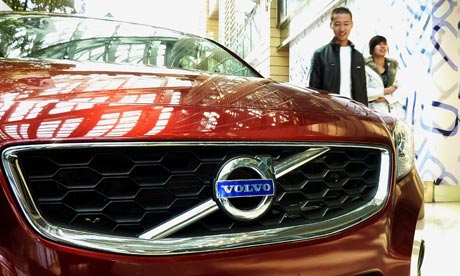

In 2010 Volvo was taken over by Chinese automotive manufacturer Geely. Geely’s founder and CEO Li Shufu recently told Swedish television that “the inside of a Volvo feels too Scandinavian’. If Volvo wants to succeed in China it has to change the interior and styling of the car. In contrast to Swedish customers who prefer light colors in their cars due to the dark winters, Chinese customers have a preference for dark colors that are associated with luxury and status. The look and feel of Volvo cars may be too sturdy for Chinese urban surroundings.
Swedish management still believes that Volvo can appeal to those Chinese consumers who are less focused on showing off. They may fear that a too localised version of Volvo cars may undermine its brand image in other markets. But most successful car brands owe their performances to highly localized models for the Chinese market.
It appears that both Geely and Volvo are being confronted with big cultural challenges. Not just on marketing decisions but also on the strategy and management of the company. Volvo wants to talk and Geely wants to act and they both seem to head in different directions. In order to bridge this gap Geely and Volvo need to understand each other’s markets and mindsets, define common values and ambitions and develop their strategies accordingly.



